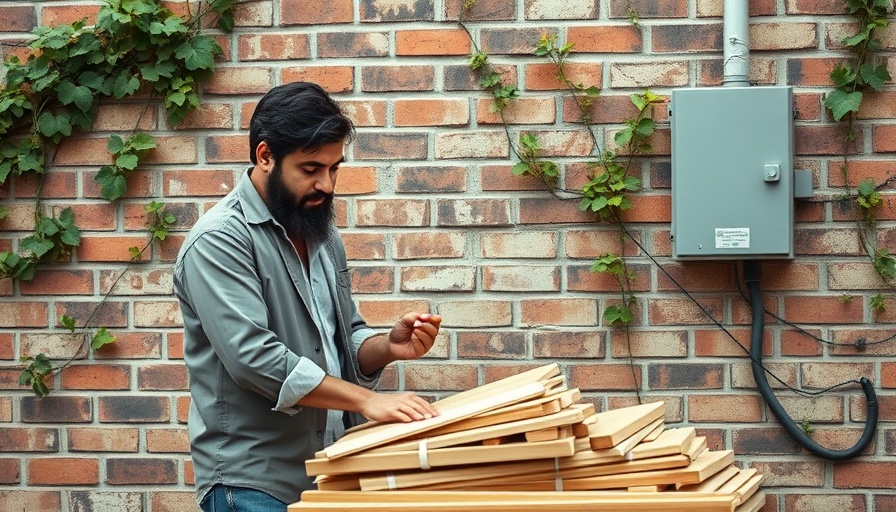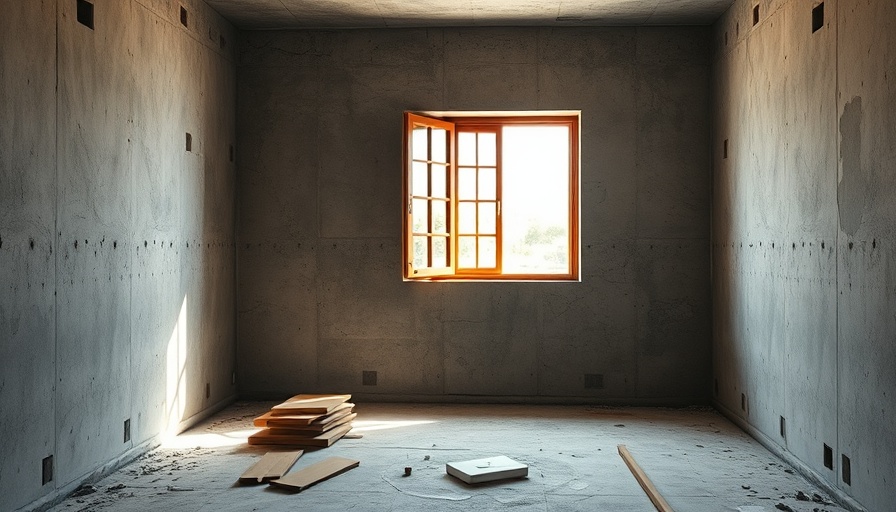
Understanding the Importance of Breezeway Design
The concept of a dogtrot or breezeway home is not only charming but also serves practical purposes, especially in climates where cooling and airflow are essential. Designed to encourage natural ventilation, these breezeways can significantly reduce reliance on air conditioning, promoting energy efficiency.
Should Your Breezeway Concrete Have a Slope?
When considering the flooring of a breezeway, one question arises in the minds of homeowners and builders: should the concrete have a slope? The simple answer is yes, and here's why. A sloped concrete surface aids in drainage, keeping the area dry and minimizing ice formation during colder months. Proper drainage is crucial to prevent water pooling, which can cause structural issues over time by eroding the foundation or causing cracks in the concrete.
Adding Functionality with a Sloped Design
A sloped breezeway design not only offers practical benefits but can also enhance the aesthetic appeal of your home. Imagine a gently sloping path lined with greenery, guiding guests through an inviting entrance. This design choice aligns with both functional and architectural needs, creating a seamless transition between outdoor and indoor spaces.
Practical Tips for Implementation
When planning your breezeway, consider incorporating a slope of at least 1-2% towards the sides, allowing the water to flow away from your home’s foundation. Additionally, utilizing porous materials alongside traditional concrete can improve drainage further, ensuring a sustainable and low-maintenance design.
Final Thoughts on Breezeway Planning
A well-designed breezeway can be a delightful feature of your home, offering both aesthetic charm and practical benefits. By ensuring that your concrete is properly sloped, you're not only protecting the structural integrity of your home but also enjoying a space that enhances your living experience.
 Add Row
Add Row  Add
Add 




Write A Comment